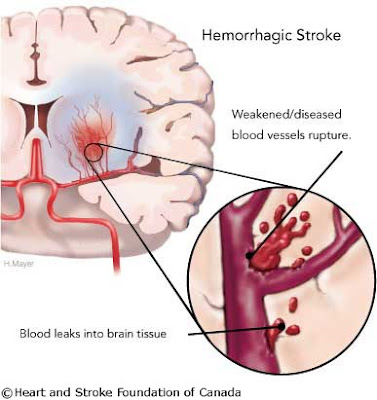.jpg)
This morning I wrote about ignorance in Double Edged Swords.
What do I do about my own ignorance?
I try not to ignore it. Although I could have fun with the concept of ignoring ignorance. My ignorance is infinite and growing.
The stuff that I do not know is growing more quickly than I can possibly learn new things. Then, there are all of the things I forget. Clearly, this is a losing battle.
I should just give up, right?
No.
Much more important than knowing any particular facts, is the ability to understand how to determine if something is true. For example -
Is this going to be on the test?
This is not a question that will help me to learn what is true. While the answer does fall into the category of true/false, what is really being asked is, How much ignorance can I maintain, while obtaining a passing score on the test?
This question is likely to come from someone satisfied with a response of, Because I said so, as long as it means that he/she does not have to do more work. If that answer does mean more work, it is likely that there will be complaints about the answer.
This response is likely to come from someone who can be described as blissfully ignorant. Someone who would argue vehemently about being called ignorant, but would not do anything to avoid actually being ignorant.
There is a limited amount of information that I can learn in any day. I can read, talk with people, learn by doing (for example, patient care situations can teach me about different responses to illnesses/injuries and to treatments), I can think about something that is complicated and hope to develop a better understanding of the subject, I can ask questions about things that I do not understand or I can ask questions to improve my understanding of something (this may convince me that I really do not understand something that I thought I did understand), et cetera. There are many things I can do. Sometimes, the best thing I can do is to take a break and just relax.
One thing that I should not do is accept an answer that does not make sense. If the answer does not appear to make sense, then that may be an indication that I do not understand what I am trying to understand. Because that is the way it works, is not understanding and is not even close to a good explanation.
There are plenty of things that I do not understand. That is OK. The important thing is to keep learning, keep evaluating what I am learning, and to keep trying to improve my understanding.
This is why I question so much of what we do in EMS. If I do not ask questions, I do not learn. If the answers do not make sense, I need to figure out if it is because I do not yet understand, or because the answer does not make sense, or something else.
At the top of this blog (and along the side), I have some quotes that relate to understanding. One of my favorite quotes is -
It is better to not understand something true,
than to understand something false.
- Neils Bohr
This is one of the biggest problems we have in EMS. So much of what we claim to know/understand is
There is no good excuse for defending willful ignorance.
Willful ignorance harms our patients. We need to stop justifying this abuse of patients.
We need to keep asking the questions about patient care that make people uncomfortable.
We need to keep improving assessment, treatment, and judgment.
Most of what I learned in paramedic school is wrong.
I can deny that statement, I can defend that statement, or I can admit that I have a lot of ignorance to correct.
How can I justify how I treat patients, if I do not keep trying to learn what is best for patients? Learning is constant change.
Most of what I learned in paramedic school depends on understanding something false.
We are better than that.
Our patients deserve better than that.
.







